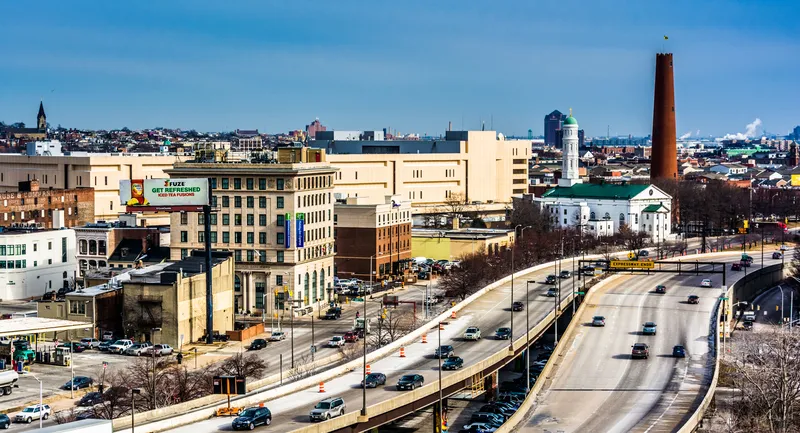A new report carried out by Parsons Brinckerhoff on behalf of the DC Department of Transportation (DDOT) finds that speed cameras are helping to reduce accidents and injuries and slowing drivers down.
The DDOT conducted an engineering study to determine a link between traffic safety and placement of automated speed enforcement devices (speed cameras) in the District of Columbia. As part of this study, Parsons Brinckerhoff and its team members conducted speed and volume studies, carried out field assessme
February 10, 2014
Read time: 3 mins
A new report carried out by 4983 Parsons Brinckerhoff on behalf of the DC Department of Transportation (DDOT) finds that speed cameras are helping to reduce accidents and injuries and slowing drivers down.
The DDOT conducted an engineering study to determine a link between traffic safety and placement of automated speed enforcement devices (speed cameras) in the District of Columbia. As part of this study, Parsons Brinckerhoff and its team members conducted speed and volume studies, carried out field assessments, reviewed speed data and analysed crash data at 295 speed camera locations in the District of Columbia with the aim of using real-world data to establish the speed nexus at each of the enforcement locations.
Historical crash data shows that there were a combined total of 2,240 crashes occurring at these locations prior to speed camera installation. The number reduced to 1,863 crashes after speed camera installation. A combined total number of injury crashes prior to speed camera installation was 841 compared with 673 after installation of the speed camera. The number of injuries also decreased by 20 per cent, from 1,251 prior to installation to 996 after installation. Further crash data analysis revealed that the number of crash types also reduced over the period of time since speed cameras were installed at these locations.
Based on the analysis results from the speed data analysis, the crash data analysis, the field assessments results, and engineering judgment, the team was able to determine the nexus between traffic safety and the speed camera at all 295 existing, planned, and proposed locations. It was found that at most of the locations, the speed data alone or the crash data alone provided sufficient results to determine a safety connection. There were a number of locations where both the speed data and crash data results provided more than enough information to support a safety correlation. This was apparent at most of the freeway locations, and the high accident locations around the District. At many of the sites that were located in residential areas, the field assessments and engineering judgment was heavily relied upon to determine safety link. Overall, a technical justification is provided for all speed camera locations.
The report concludes that the results of the study can be used to establish a connection between traffic safety and the placement of automated speed enforcement devices in the District of Columbia.
The DDOT conducted an engineering study to determine a link between traffic safety and placement of automated speed enforcement devices (speed cameras) in the District of Columbia. As part of this study, Parsons Brinckerhoff and its team members conducted speed and volume studies, carried out field assessments, reviewed speed data and analysed crash data at 295 speed camera locations in the District of Columbia with the aim of using real-world data to establish the speed nexus at each of the enforcement locations.
Historical crash data shows that there were a combined total of 2,240 crashes occurring at these locations prior to speed camera installation. The number reduced to 1,863 crashes after speed camera installation. A combined total number of injury crashes prior to speed camera installation was 841 compared with 673 after installation of the speed camera. The number of injuries also decreased by 20 per cent, from 1,251 prior to installation to 996 after installation. Further crash data analysis revealed that the number of crash types also reduced over the period of time since speed cameras were installed at these locations.
Based on the analysis results from the speed data analysis, the crash data analysis, the field assessments results, and engineering judgment, the team was able to determine the nexus between traffic safety and the speed camera at all 295 existing, planned, and proposed locations. It was found that at most of the locations, the speed data alone or the crash data alone provided sufficient results to determine a safety connection. There were a number of locations where both the speed data and crash data results provided more than enough information to support a safety correlation. This was apparent at most of the freeway locations, and the high accident locations around the District. At many of the sites that were located in residential areas, the field assessments and engineering judgment was heavily relied upon to determine safety link. Overall, a technical justification is provided for all speed camera locations.
The report concludes that the results of the study can be used to establish a connection between traffic safety and the placement of automated speed enforcement devices in the District of Columbia.










